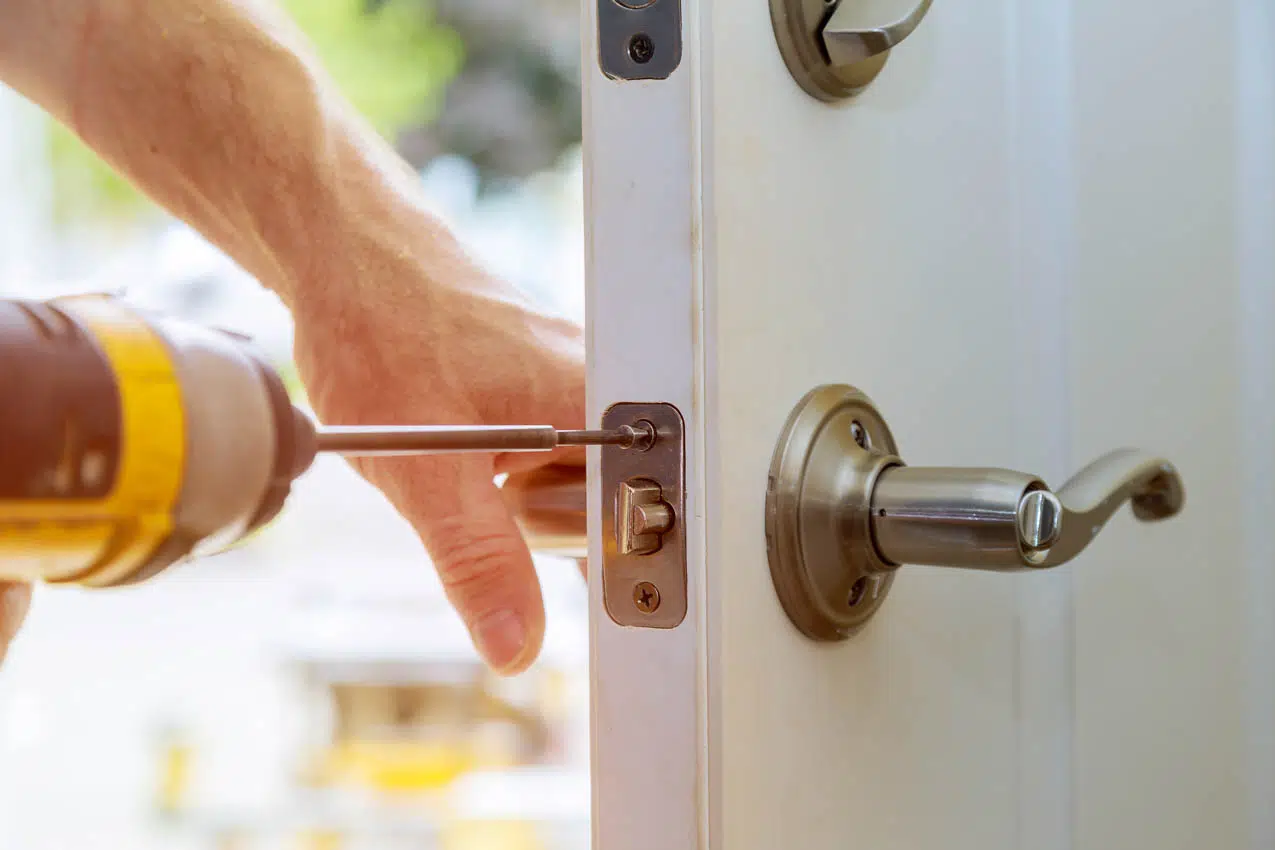Locks, those small yet mighty guardians of our security, can sometimes be a real puzzle when we need to remove them. Whether you’re replacing an old lock or just trying to fix a sticky one, this guide will walk you through the process in plain English. Don’t worry, there’s no need to call a locksmith—you’ve got this!
Introduction
Ever found yourself staring at a lock, wondering how on earth to take it off? Fear not! This guide will break down the process into simple steps, ensuring you can confidently remove a lock from a door, no matter the type.

Gathering Your Tools
Before you dive in, make sure you have the right tools handy. You’ll likely need a screwdriver, pliers, and maybe even a hammer. Having everything ready upfront will save you from frustrating trips back and forth.
Identifying the Lock Type
Not all locks are created equal. Figure out if you’re dealing with a deadbolt, knob lock, or another type. Each has its own quirks, so knowing what you’re up against is the first step to success.
Removing Exterior Screws
The exterior screws are your gateway to the lock’s inner workings. Loosen them up, but don’t take them all the way out just yet. It’s like opening the cover of a book before diving into the story.
Unlocking the Inner Mechanism
Many locks have an inner mechanism that needs to be unlocked before removal. This could involve turning a key, entering a code, or using a special tool. Don’t skip this step; it’s the key to a smooth removal.
Disassembling the Lock
With the exterior screws loosened and the inner mechanism unlocked, it’s time to disassemble the lock. Gently take it apart, keeping an eye out for any small springs or pins. Think of it as solving a puzzle; each piece has its place.
Dealing with Stubborn Locks
Some locks are more cooperative than others. If you encounter resistance, take a breath. Try lubricating the mechanism with a silicone spray or gently tapping it with a hammer. Persistence is key.
Installing a New Lock (Optional)
If your lock removal is part of an upgrade, installing a new one is the next logical step. Follow the manufacturer’s instructions carefully, and you’ll have a shiny new lock in no time.
Maintaining Your Locks
Prevention is the best medicine. Learn a few tips on keeping your locks in top-notch condition, ensuring they protect your space for years to come.
FAQs about Lock Removal
Can I use a screwdriver to remove a lock?
While any screwdriver may fit, it’s best to use the one recommended by the lock’s manufacturer to avoid damaging the screws.
What if I can’t identify the lock type?
Look for markings or consult the manufacturer’s website for guidance. Get competent guidance whenever in doubt.
Is it possible to rekey a lock instead of removing it?
Yes, rekeying is an option. However, it requires specific tools and skills, so it’s advisable to consult a professional locksmith.
My lock is rusty; can I still remove it?
Rust can make removal trickier, but applying a rust penetrant and patiently working the lock should help. Consider wearing gloves to protect your hands.
How often should I maintain my locks?
A: Regular maintenance is crucial. Check your locks every six months, clean them, and apply a lubricant to ensure smooth operation.

Research more about locks
To research more, we have a suitable website for you named JUNYING. And armed with knowledge, go forth and conquer that lock with confidence! So don’t hesitate to visit JUNYING. And by researching the website, you will be able to learn more about locks and soon you could be a lock expert for yourself.
Conclusion
Although taking out a door’s lock might appear difficult, anyone can accomplish it if they have the necessary information. Remember, patience and a steady hand are your best allies in this DIY adventure. So go on and try to apply these tips and tricks in your own life to learn more.
